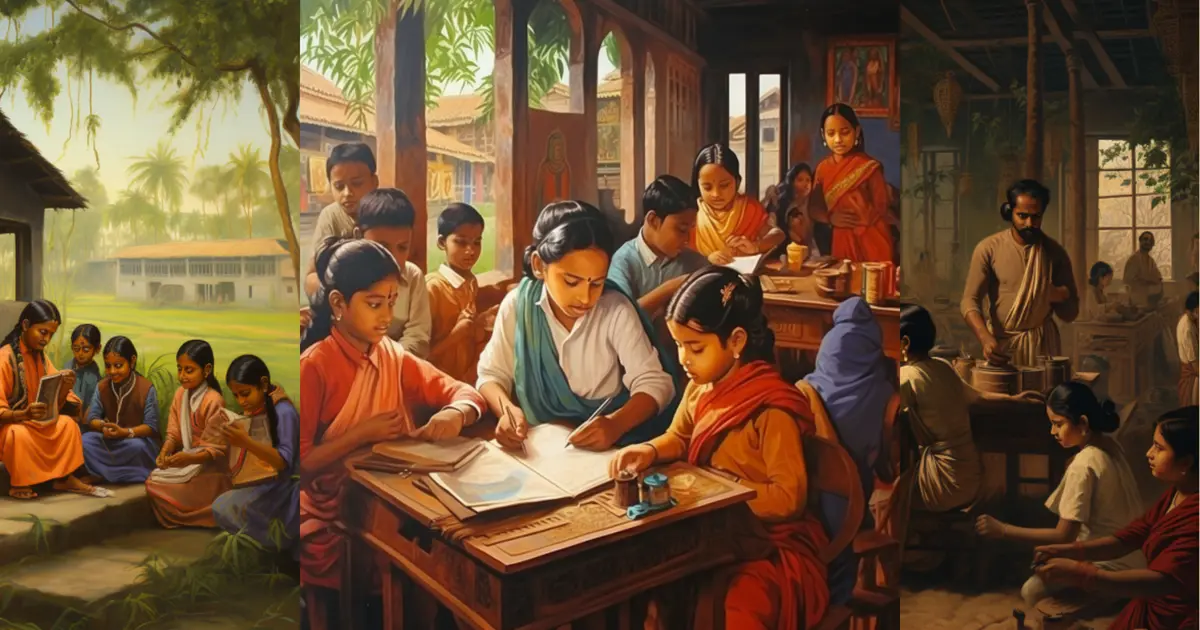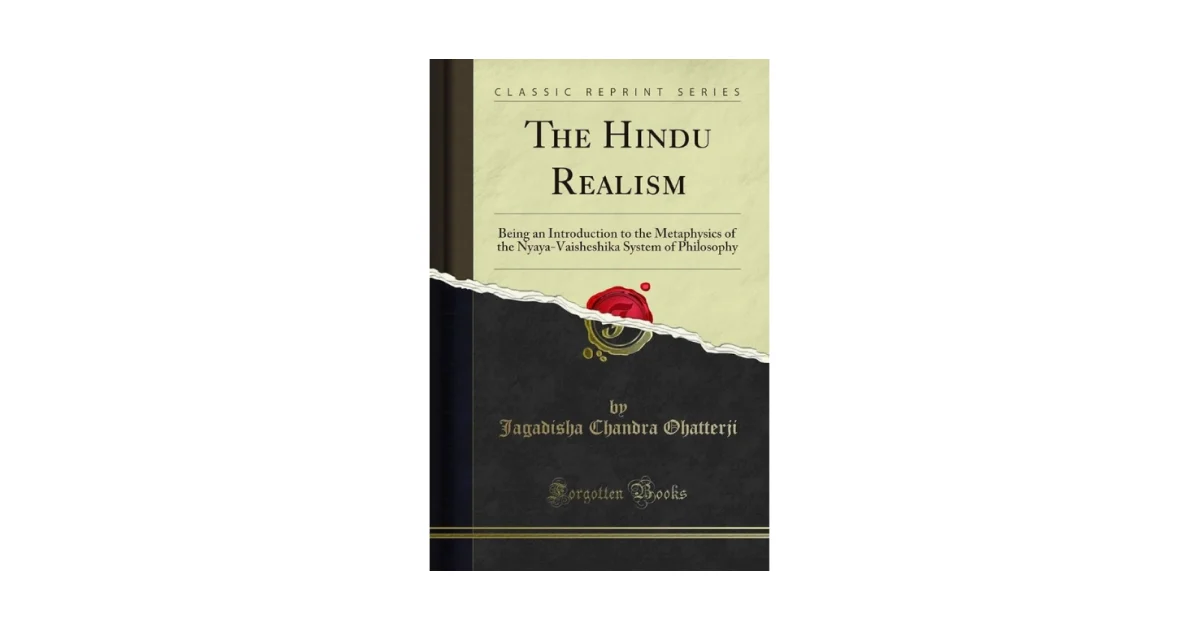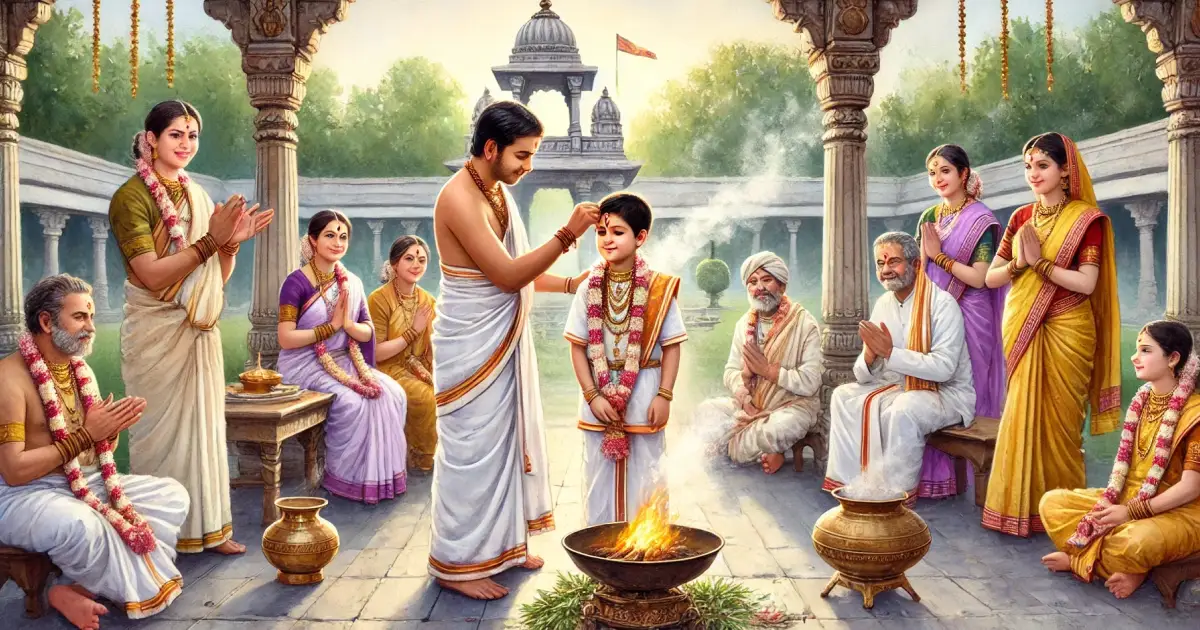In the realm of history, where the past dances with the present, we encounter the profound words of Kenyan writer Ngugi wa Thiong’o, echoing through the corridors of time like a haunting refrain.
“If you can control the psyche of a people, then in a sense, you don’t even have to have a police force,”
he proclaimed, peering into the depths of colonialism’s brutal impact on the minds of the colonized. For colonialists, the dominance was not merely a matter of physical conquest, but a cunning manipulation of hearts and minds. Within their toolbox, they wielded a weapon of immense power- the ideological apparatus known as education. Through its deceptive embrace, the colonizers sought to convince the native populace of the utter irrelevance of their own wisdom, like a magician obscuring the brilliance of a diamond under a cloak of shadows. Deep within the hearts of the colonized, they instilled a seed of self-degradation and a toxic sense of inferiority, ensuring a captive audience for their domination.
Yet, the machinations of ‘educating’ and ‘civilizing' the natives were not the opening gambits of this historical game. They made these calculated moves only after they had firmly established themselves as masters of the land. The first act in their grand theater of power was the ruthless dismantling of the native way of learning and their institutions, an act that reverberated across the globe like thunder announcing a tempest.
The pre-colonial Bengal followed a similar historical trajectory. In its heydays, the region boasted a vibrant network of learning centers, known as ṭols and catuṣpāṭhīs. These learning centers bloomed like blossoming flowers, nurturing the minds of the youth and cultivating the seeds of wisdom. These hallowed institutions were esteemed academies of Smṛti and Nyāya, the traditional pillars of wisdom that adorned the pre-colonial era. Dines Chandra Bhattacharya's seminal work, Vaṅge Navya Nyāya Carcā (The Study of Navya Nyāya in Bengal), and Panchanan Mondol's extensive collection of private letters provide comprehensive lists of these institutions, which were overseen by respected paṇḍitas.
Among the jewels of pre-colonial Bengal were Navadvip/Nabadwip and Bhatpara, where scholars basked in the brilliance of Dharmaśāstra, illuminating the world with their expertise in various disciplines. Alongside these well-known institutions, a constellation of lesser-known centers dotted the intellectual landscape - Ambika-Kalna, Kamalpur, Uttarpara, Uta, Calcutta, Kaugachhi, Kumarhatta, Kusdvip, Kotalipara, Kond-Kandi, Konnagar, Guptipara, Burdwan, Bakla, Bali, Bansberia, Mulajor, Meghnar-purbakul, Maimansingh, Jessore, Khulna, Santipur, Sonargaon, and Mahesvardih - each contributing to the vibrant mosaic of knowledge in its unique way.
In the embrace of these centers, the tradition of learning thrived, resonating with the rich synchrony of cultural and intellectual pursuits. Scholars in these institutions and centers were not merely instructors; they were revered gurus and mentors, nurturing the minds of their students like caring parents. Their relationship extended beyond academic pursuits, encompassing moral guidance and the cultivation of noble character. In these centers, the pursuit of knowledge was not merely a transaction of information but a sacred journey of self-discovery where the student's quest for learning knew no bounds.
Upon completion of their studies in these centers, students received titles befitting the grandeur of their achievements - tarkālaṅkār, nyāyālaṅkār, siromoni, sāstrī, kāvyālaṅkār, vyākaraṇtīrtha, and more - each a testament to their dedication and original contributions. With their degrees in hand, these young minds were free to establish their own ṭols, thus passing the torch of knowledge to future generations. Interestingly, there is no evidence to suggest that these institutions were under the control or management of the pre-colonial state. Instead, they were integrated into the household of the guru, where students resided.
Among these institutions, ṭols were typically small, community-based educational institutions managed by local scholars known as gurus or paṇḍitas. These highly esteemed individuals possessed extensive knowledge in various fields, including literature, mathematics, astrology, philosophy, and religious texts. They assumed the roles of teachers and mentors, passing down their wisdom and expertise to the younger generations.
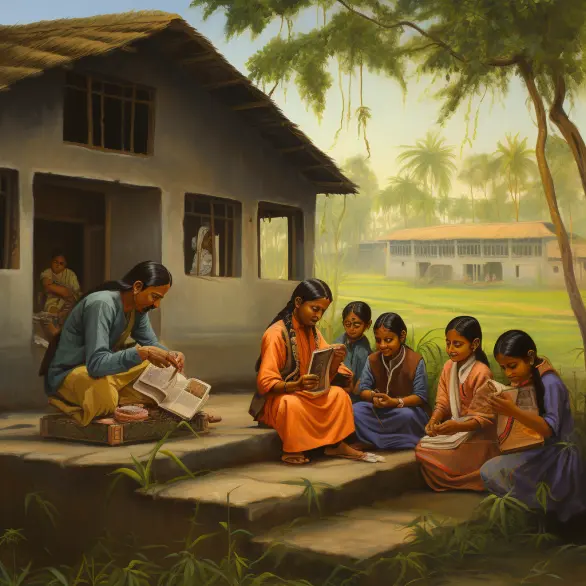
Even the wives of teachers and instructors played pivotal roles in this grand scheme of learning. They were not mere spectators but active participants, engaging in debates and discussions at the ṭols. This fact is exemplified in an anecdotal account of the renowned scholar Mahamahopadhyay Kamaksanath Tarkabagis. His teacher Bhubanmohan Tarkabagis's wife from Navadvīp actively engaged in debates and discussions at the ṭol and would offer Kamaksanath more milk, depriving her own infant son, as she believed the student needed additional nourishment for his rigorous pursuit of knowledge.
Pre-colonial Bengal's learning centers were not merely places of instruction; they were crucibles of intellectual curiosity and artistic expression. Like the majestic peacocks of creativity, they spread their vibrant feathers, captivating all who beheld their splendor. Students reveled in the world of Saṃskṛtam, exploring the sacred texts of Vedas, Upaniṣads, and Purāṇās, while also delving into the intricacies of grammar, arithmetic, astronomy, astrology, music, and dance. It was a holistic education, an intermingling of both theoretical knowledge and practical applications.
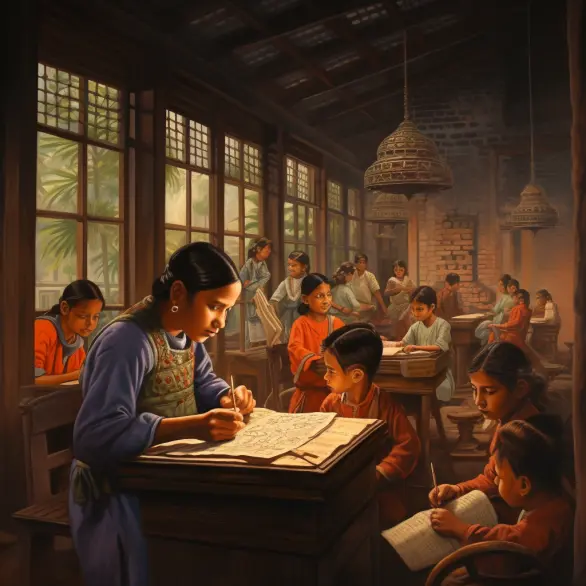
These learning centers in pre-colonial Bengal played a pivotal role in the education and intellectual development of the region, serving as the primary institutions for imparting knowledge and nurturing skills among the youth. The education system during this period was deeply rooted in traditional and cultural practices, with a particular emphasis on religious, literary, and philosophical studies.
However, the arrival of colonial powers in Bengal, mainly the British, had a profound impact on the pre-colonial learning centers and education system in the region. The policies and practices introduced by the colonial administration gradually led to the decline and eventual demise of these traditional learning centers.Additionally, after the passing of the East India Company Act 1813, also known as the Charter Act 1813, the traditional learning centers in pre-colonial Bengal saw a gradual decline: by ending East India Company’s commercial monopoly in India, it permitted Christian missionaries to propagate English and preach their religion in the Company's territories.
As Andrew Porter in his book, Religion, Missionary Enthusiasm and Empire (p. 238-9) explains,
“It is often argued that the missionary movement and expansion of Britain's Christian denominations represented distinct forms of cultural and institutional ‘imperialism’. In reality, despite their small numbers, their presence and teaching [it is contended] undermined local customs and self-confidence, eroded respect for traditional authorities, and created social and political conflict. Thus weakened, non-Western societies succumbed to the broader pressures of Western expansion; internal collapse and significant cultural changes [then] opened the way to direct colonial rule”.
Similarly, Gauri Vishwanathan, in her book, Masks of Conquest: Literary Study and British Rule in India, eloquently reveals how the Charter Act thrust colonial authorities into the role of fostering "religious and moral improvement.” In essence, civilizing tendencies were entwined with official policy pronouncements, further shaping the narrative of colonial education.
Macaulay through his minutes further intensified the disrooting of indigenous education, and instead, he implemented a Western-style education system that prioritized English language and literature, sciences, and practical skills relevant to administrative and clerical roles. This shift further marginalized traditional knowledge systems, including Saṃskṛta - based learning, which were considered inferior or irrelevant, as the English-educated youths became preferred for the colonial bureaucracy.
Furthermore, the British administration actively discouraged traditional paṇḍitas and gurus from teaching in their own institutions. They often replaced them with European teachers or Indian teachers trained in Western education methods. Consequently, indigenous teachers were displaced, leading to a decline in the transmission of traditional knowledge.
The colonial education system also disregarded the traditional curriculum and cultural aspects that were integral to pre-colonial learning centers. The focus shifted to subjects aligned with British colonial interests, while subjects like Saṃskṛtam, Darśanas, and classical literature were marginalized or eliminated from the curriculum.
Additionally, the pre-colonial learning centers often relied on patronage from local elites for support. With the introduction of the British education system, the patronage system underwent a significant transformation. Wealthy individuals began supporting the new English-based educational institutions, while traditional learning centers lost their financial backing, contributing to their decline.
The influence of colonial education brought about significant cultural and social changes. English education created a divide between the educated elite and the masses, leading to the erosion of indigenous knowledge systems and a loss of cultural identity.
In conclusion, the impact of colonial powers on Bengal's pre-colonial learning centers and education system is a tale of tumultuous transformation, marked by policies that dismantled cherished traditions and replaced them with alien systems and ideologies. The echoes of this era continue to reverberate in the annals of history, urging us to explore the lingering legacies of colonial education in shaping the contours of modern India.
References
- Bharat Chandra Granthabali (in Bengali), edited by B. Bandopadhyay and S. Das (eds), 4th edition, 1981.
- Chithipatre Samajchitra by Panchanan Mondol, 1953.
- Dines Chandra Bhattacharya, Vange Navyanyaya Carca, 1358, B.S., 1951, p. 110.
- Education in Bengal: From Prehistoric Times to Independence by Satyendranath Dasgupta.
- Education and Society in Bengal: An Overview edited by Amalendu De and Ranjana Ray.
- Masks of Conquest: Literary Study and British Rule in India by Gauri Vishwanathan.
- Religion, Missionary Enthusiasm, and Empire, by Andrew Porter.
- Social Development and Colonial Capital: Bengal, 1860-1947 by Rajat Kanta Ray.
- The Bengali Renaissance: The Other Side of the Colonial Story by Debjani Sengupta.
